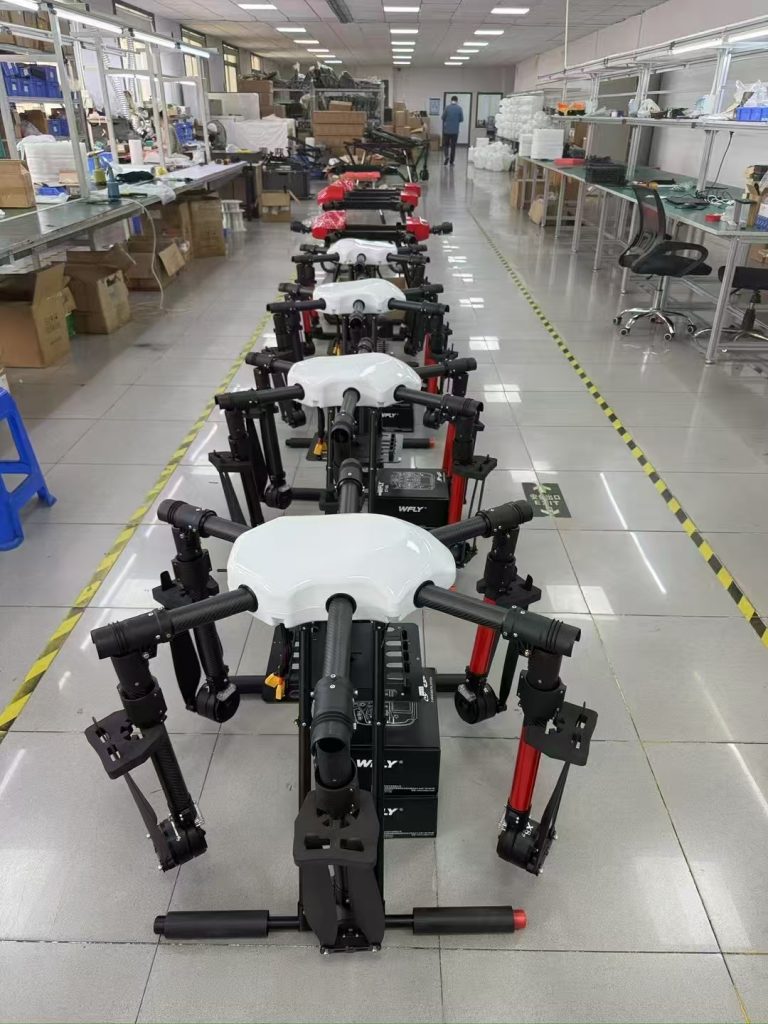
In recent years, the use of agricultural drones has been gaining significant traction in Indonesia, transforming the way farmers approach crop management. These unmanned aerial vehicles (UAVs) are equipped with advanced sensors and cameras, enabling farmers to monitor and manage their crops more effectively and efficiently. As Indonesia’s agricultural sector continues to face challenges such as increasing demand, labor shortages, and environmental concerns, agricultural drones are becoming a vital tool in overcoming these obstacles.
Enhanced Crop Monitoring and Precision Agriculture
One of the primary benefits of agricultural drones is their ability to provide real-time, high-resolution images of large farming areas. These images can help farmers track the health of their crops, detect early signs of disease, and assess the overall condition of the soil. With the data collected by drones, farmers can make informed decisions about irrigation, fertilization, and pesticide application. This approach, known as precision agriculture, not only reduces waste but also enhances crop yields and minimizes environmental impact.
Efficient Pest and Disease Management
Pest and disease control is a constant challenge for Indonesian farmers, particularly in tropical regions where humid conditions favor the growth of pests. Agricultural drones equipped with multispectral imaging sensors can detect anomalies in crops that may indicate pest infestations or disease outbreaks. This allows farmers to target affected areas with precision, reducing the need for widespread pesticide application and minimizing environmental harm. Early detection and intervention can lead to higher crop yields and improved profitability.
Improved Irrigation Management
Water scarcity is a pressing issue in many parts of Indonesia, making efficient water use crucial for sustainable farming. Agricultural drones can help farmers monitor crop water requirements by assessing soil moisture levels and identifying areas of the field that may require additional irrigation. By using drones to optimize water usage, farmers can conserve valuable resources and reduce costs, ensuring that their crops receive the right amount of water at the right time.
Reducing Labor Costs and Increasing Productivity
Labor shortages are a significant challenge in the Indonesian agricultural sector, particularly in rural areas. The use of drones in farming can alleviate this issue by automating tasks such as crop monitoring, pest control, and irrigation management. This automation reduces the reliance on manual labor, allowing farmers to focus on other essential tasks while maintaining productivity. Additionally, drones can cover large areas in a fraction of the time it would take human workers, increasing operational efficiency and overall productivity.
Sustainable Farming Practices
Indonesia’s agricultural sector faces mounting pressure to adopt more sustainable farming practices in response to climate change and environmental concerns. Agricultural drones can play a key role in promoting sustainability by enabling farmers to apply inputs more precisely, reducing chemical runoff, and minimizing the environmental impact of farming activities. By integrating drone technology into their operations, farmers can increase crop productivity while promoting environmental stewardship.
Conclusion
As Indonesia’s agricultural industry continues to evolve, the adoption of agricultural drones presents a promising solution to many of the sector’s challenges. From improving crop management and pest control to optimizing irrigation and reducing labor costs, drones offer farmers the tools they need to increase efficiency, sustainability, and profitability. As technology continues to advance, the role of agricultural drones in Indonesia’s farming landscape will only grow, shaping the future of agriculture in the country.

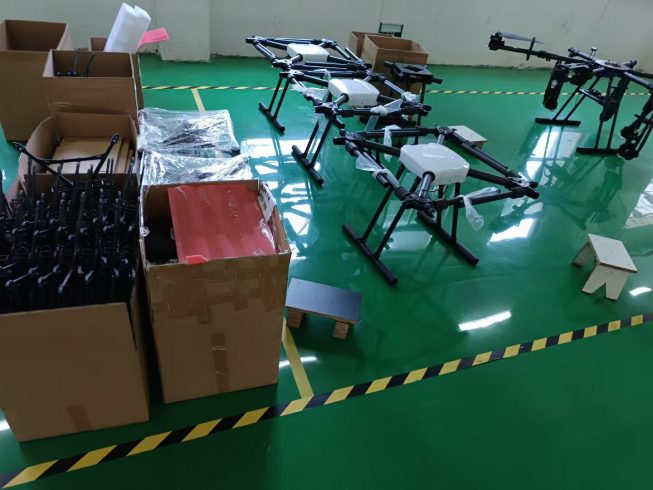

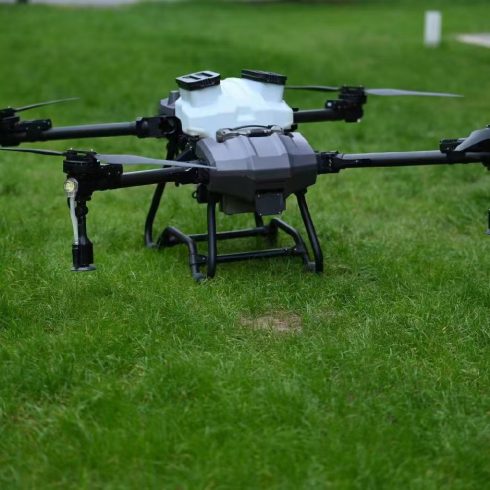
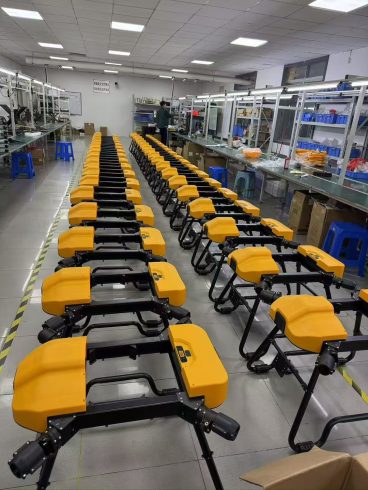
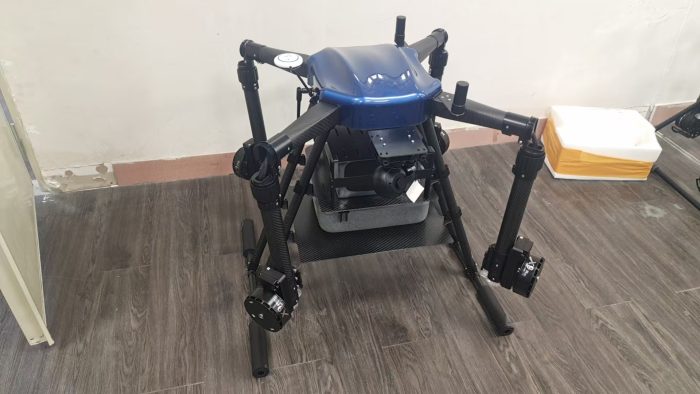
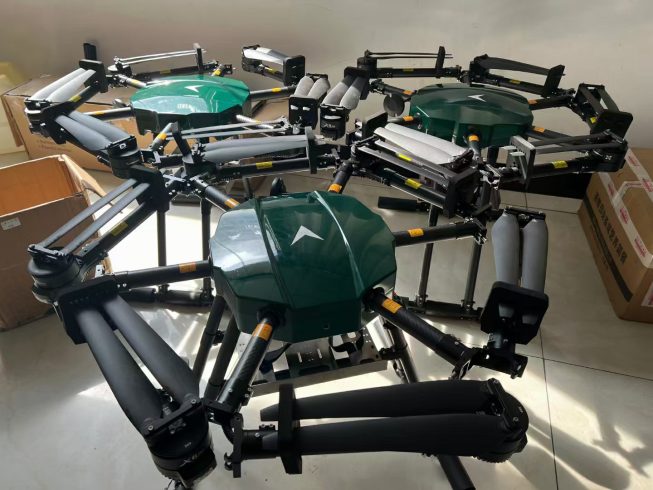
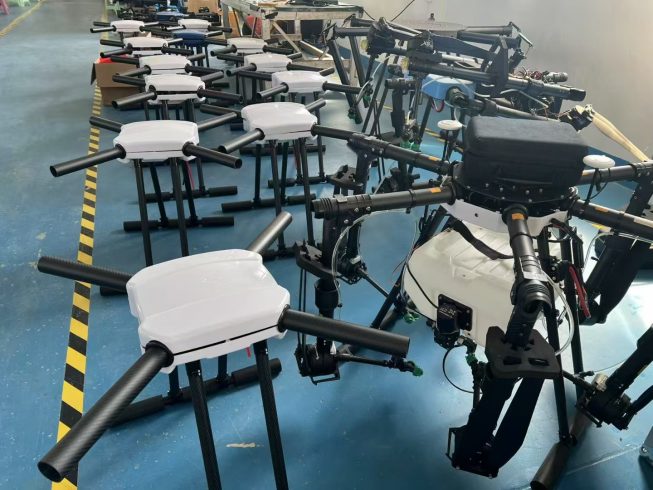
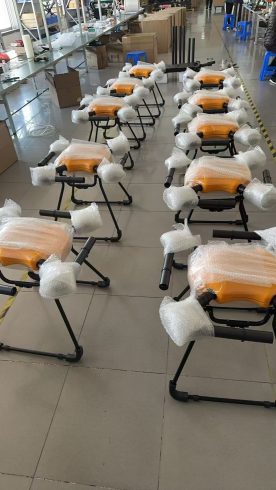
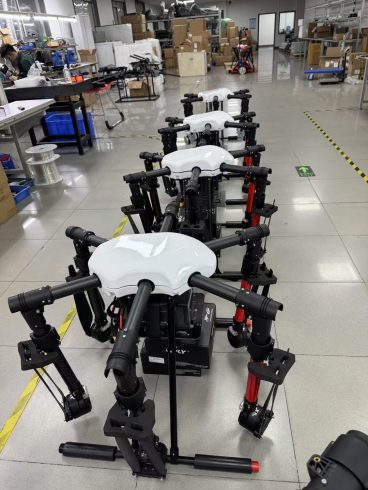
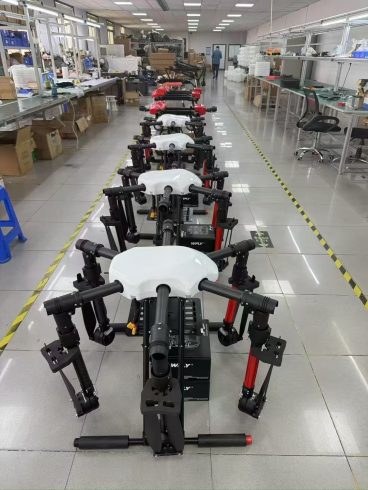

暂无评论内容